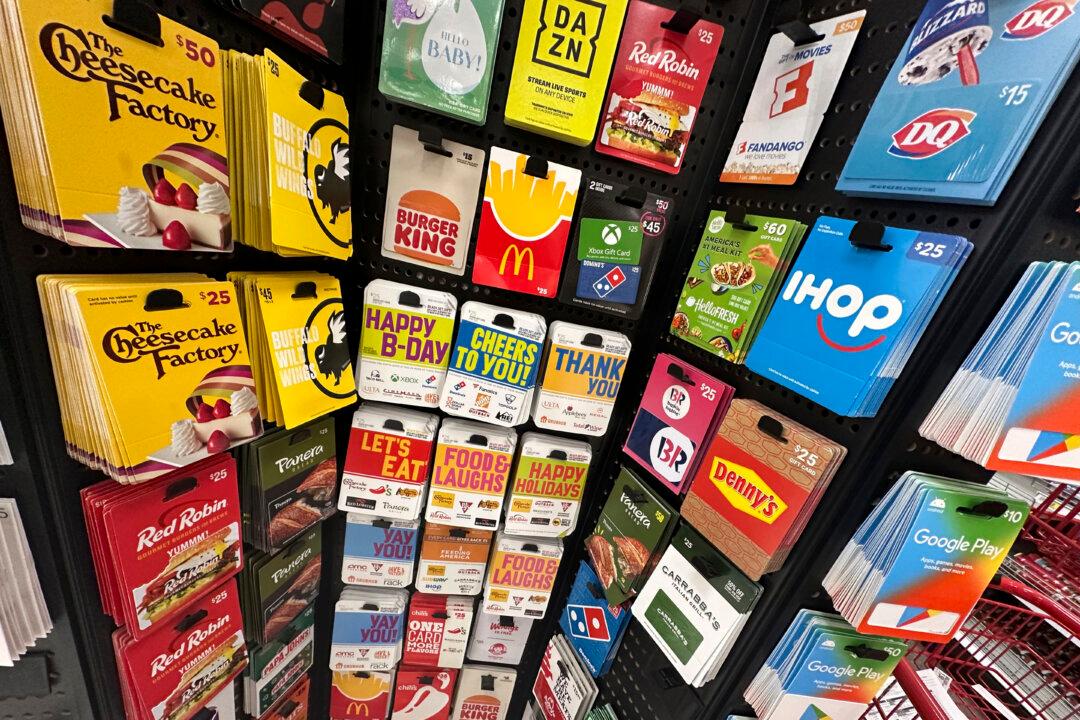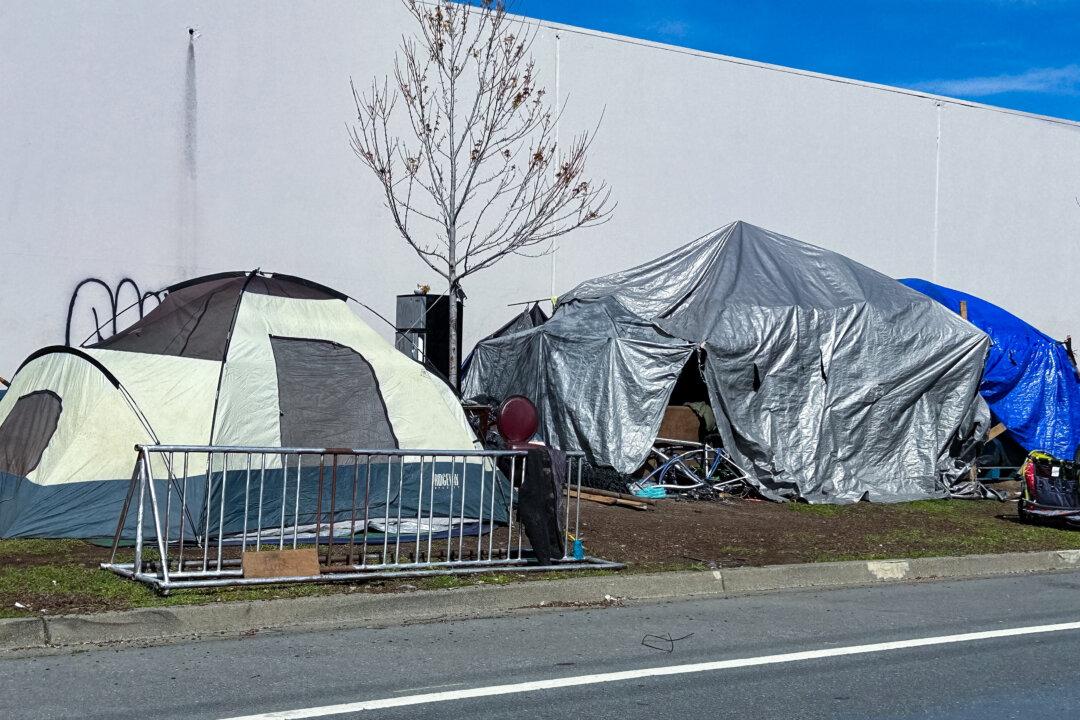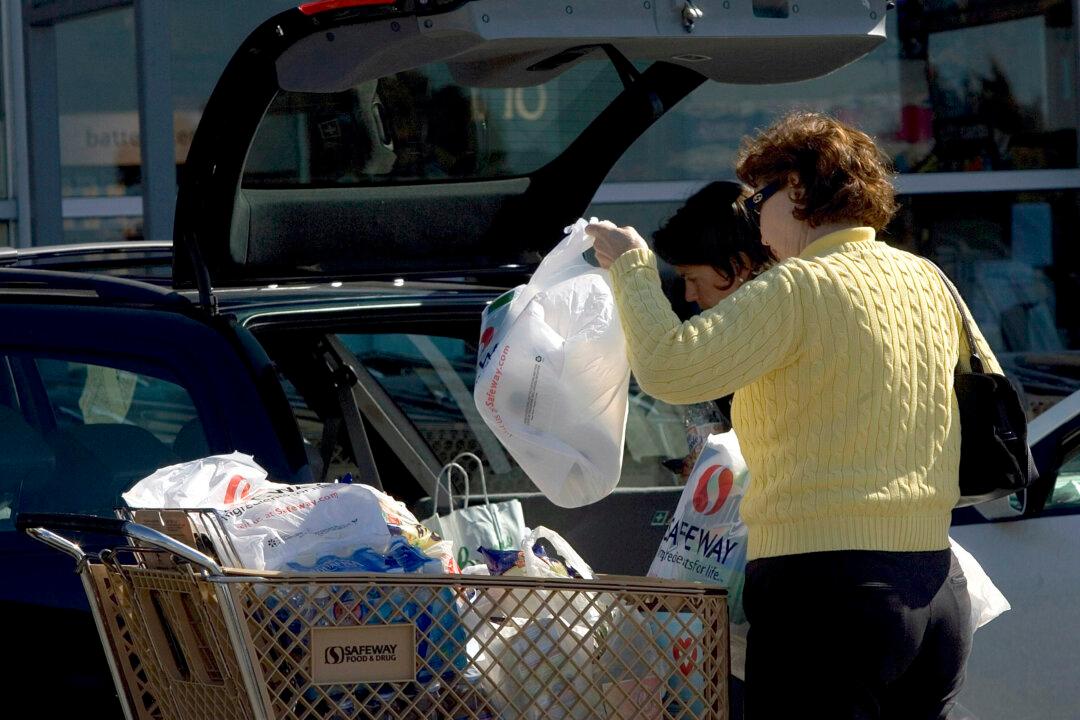New reports from firms such as CBRE and Redfin paint a worrisome picture of both San Francisco’s commercial and residential real estate markets.
Commercial real estate firm CBRE reported April 9 that the vacancy rate in the city’s office market hit 36.7 percent in the first quarter of 2024, up sharply from the 29.4 percent CBRE reported in the first quarter of 2023.





